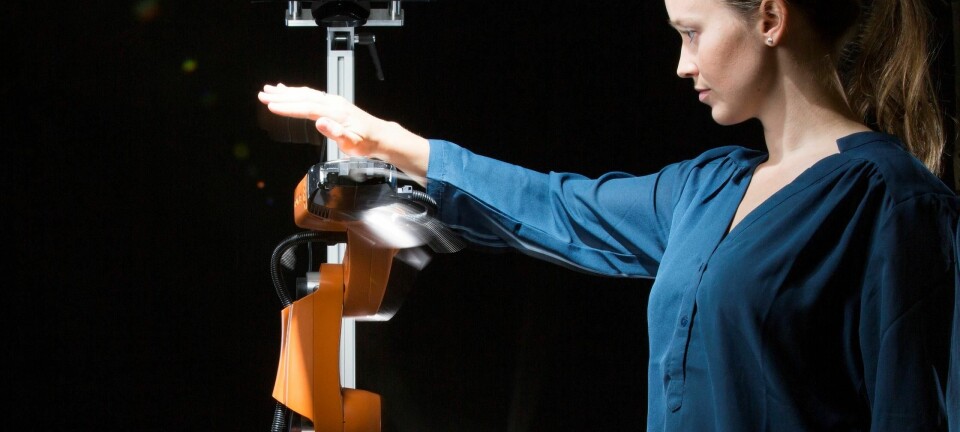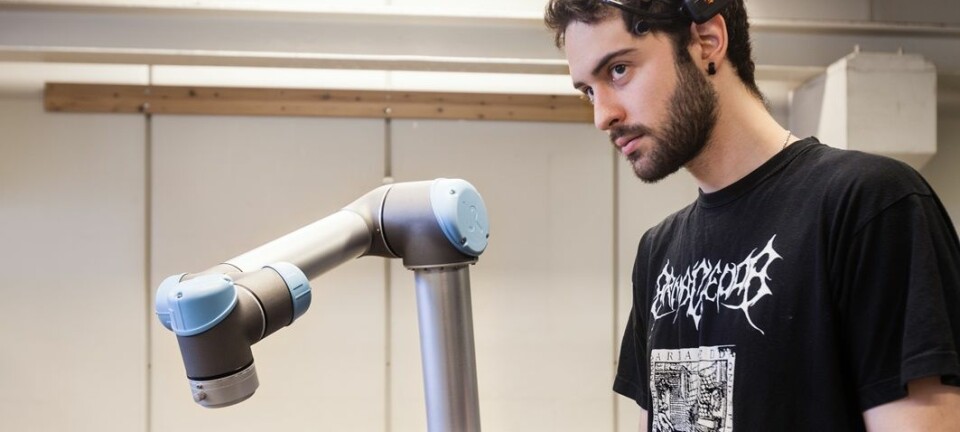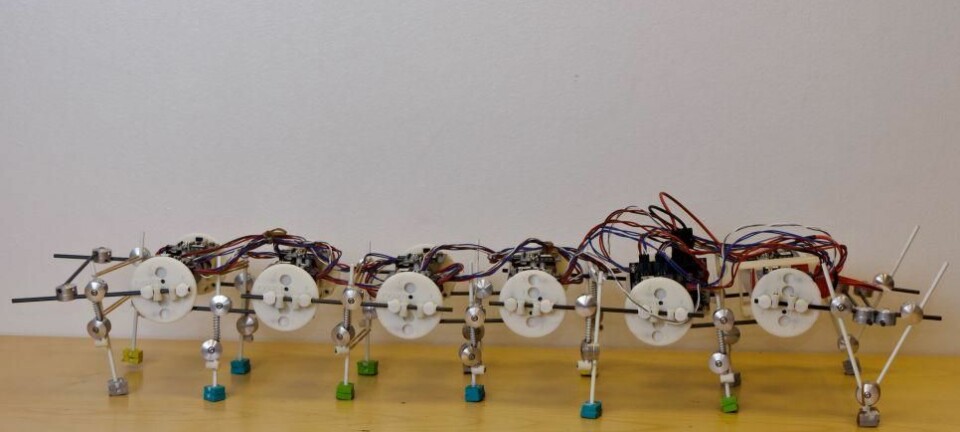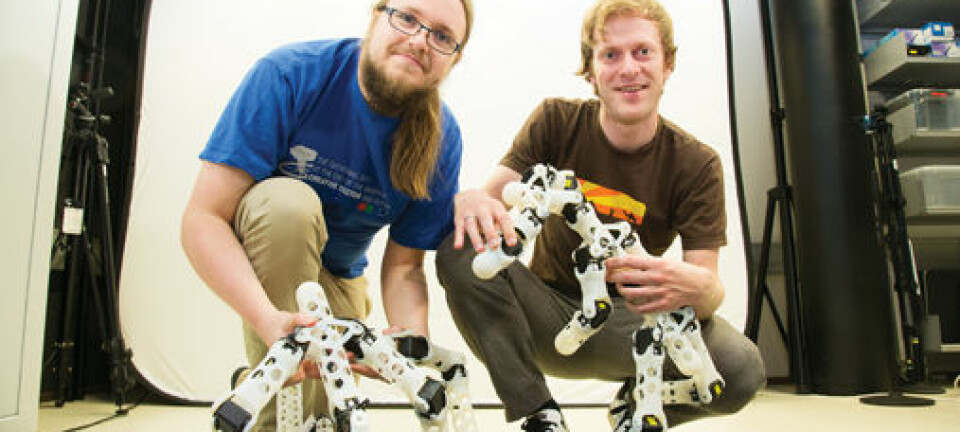Surgeons are training robots to become their new assistants
In the future surgeons will leave routine surgical tasks to robots. But first, they need to be trained.
Robots may soon become the surgeon’s new assistant.
"It's about automating repetitive jobs. It’ll be a great advantage for the surgeon if he can show the robot where to sew and with what thread,” says Associate Professor Thiusius Rajeeth Savarimuthu from the University of Southern Denmark.
“It may be useful when performing internal stitches during so-called keyhole surgery,” he says.
Practicing on foam
The University of Southern Denmark and Odense University Hospital in Denmark have invested in a Raven robot platform, which will fine-tune the movement of the robots fingers to perform these surgical tasks.
So far, the trainee robots are practicing their stitching on foam in the laboratory at University of Southern Denmark where they are being trained by surgeons from Odense University Hospital.
Savarimuthu has been busy filming the surgeons' detailed movements so that they can be transformed into a language that the robots can understand and reproduce.
Developing a library of movements
"By filming the surgeon's movements during an operation, we can create a library of movements for the robots, and they can then learn how to act. The robot must learn from the experts and duplicate their work," said Savarimuthu.
But the variety of surgery is a key challenge in developing robotic surgical assistants. Each patient is different and tissue and skin behave differently under the surgeon's knife.
"We need good models for how tissue behaves when we cut or pierce it, so we practice on the foam. We’re working on soft-tissue modelling to create good models before we can automate the process," says Savarimuthu.
-----------------
Read the Danish version of this article on Videnskab.dk
Translated by: catherine Jex










